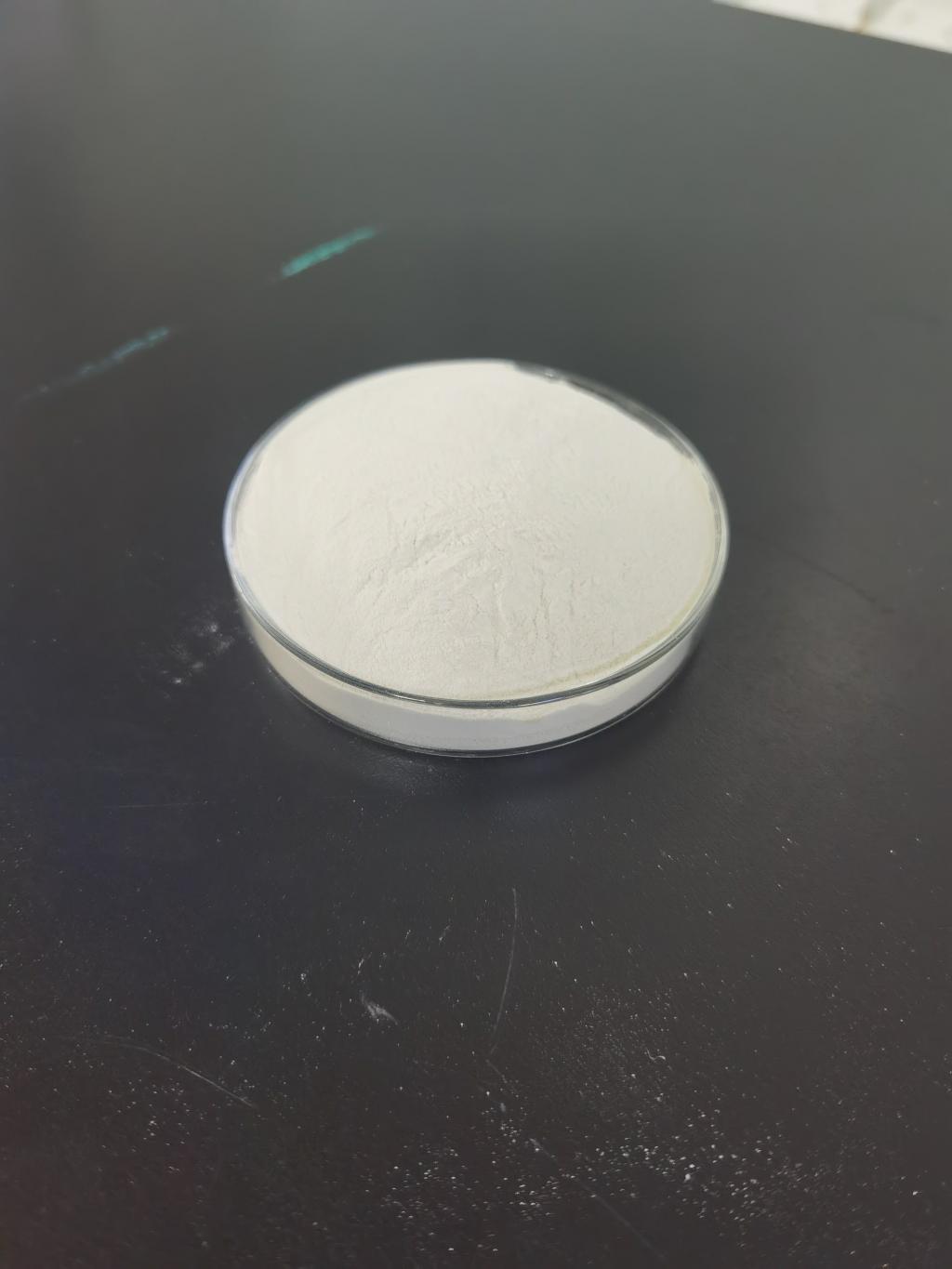Tel:+8618231198596

News
 CONTACT
CONTACT
 CONTACT
CONTACT
- Linkman:Linda Yao
- Tel: +8618231198596
- Email:linda.yao@dcpharma.cn
- Linkman:CHARLES.WANG
- Department:Overseas
- Tel: 0086 0311-85537378 0086 0311-85539701
News
Nisin's compatibility with various food matrices makes it adaptable.
TIME:2024-04-03
Understanding Nisin's Compatibility:
Nisin, a naturally occurring antimicrobial peptide derived from bacteria, exhibits remarkable compatibility with different food matrices. Unlike some preservatives that may alter taste or texture, nisin integrates seamlessly into various culinary creations without compromising sensory attributes. This versatility stems from its ability to withstand a range of processing conditions, including heat, pH fluctuations, and mechanical stresses, making it suitable for diverse food applications.
Enhancing Food Safety:
One of the primary reasons for incorporating nisin into culinary creations is its ability to enhance food safety. By inhibiting the growth of spoilage and pathogenic bacteria, nisin extends the shelf life of perishable foods, reducing the risk of foodborne illness. This is particularly beneficial in fresh produce, dairy products, and ready-to-eat meals, where maintaining microbial quality is essential for consumer health and satisfaction.
Incorporating nisin into food formulations provides an added layer of protection against microbial contamination, ensuring that products remain safe and wholesome throughout their shelf life. Whether applied as a surface treatment, incorporated into sauces or dressings, or blended into doughs and batters, nisin's antimicrobial activity offers reassurance to both chefs and consumers.
Preserving Flavor and Freshness:
Beyond its role in food safety, nisin contributes to preserving flavor and freshness in culinary creations. By inhibiting the growth of spoilage bacteria, nisin helps maintain the sensory attributes of foods, such as taste, aroma, and texture. This is particularly evident in fermented foods, where nisin prevents the overgrowth of unwanted microorganisms, allowing desirable flavors to develop and flourish.
Moreover, nisin's compatibility with various food matrices enables its incorporation into a wide range of products without adversely affecting taste or texture. Whether used in soups, sauces, marinades, or condiments, nisin complements existing flavors while ensuring product integrity and stability. Its ability to extend the shelf life of perishable ingredients also reduces food waste, preserving the quality and freshness of culinary creations from kitchen to table.
Expanding Culinary Creativity:
The adaptability of nisin opens doors to culinary creativity, allowing chefs and food innovators to explore new flavor combinations, textures, and techniques. Its compatibility with both traditional and modern cooking methods provides versatility in recipe development, from classic dishes to avant-garde creations.
In baking, for example, nisin can be incorporated into bread doughs to inhibit the growth of mold and yeast, extending freshness without compromising the baking process or final product quality. Similarly, in dairy products such as cheese and yogurt, nisin helps maintain microbial stability during fermentation, ensuring consistent flavor profiles and texture.
Furthermore, the compatibility of nisin with plant-based ingredients makes it suitable for vegetarian and vegan culinary applications, offering a natural solution for preserving freshness and enhancing safety in plant-derived foods. As consumer preferences shift towards plant-centric diets, nisin provides a valuable tool for chefs and food manufacturers seeking to meet evolving dietary demands.
Navigating Regulatory Considerations:
While nisin offers numerous benefits in culinary creations, it is essential to navigate regulatory considerations to ensure compliance with food safety standards and labeling requirements. Regulatory agencies such as the Food and Drug Administration (FDA) and the European Food Safety Authority (EFSA) have established guidelines for the use of nisin in food products, including maximum permitted levels and labeling requirements.
Food manufacturers and chefs must adhere to these regulations to ensure the safe and legal use of nisin in culinary creations. This includes accurately documenting the inclusion of nisin in ingredient lists and following recommended usage levels to maintain consumer safety and transparency.
Consumer Acceptance and Education:
Consumer acceptance of nisin in culinary creations hinges on transparency, trust, and education. By communicating the benefits of nisin in preserving food safety, enhancing flavor, and reducing food waste, chefs and food manufacturers can build confidence among consumers. Clear labeling and transparent communication regarding the use of nisin in food products further reinforce trust and empower consumers to make informed choices.
Additionally, educating consumers about the science behind nisin and its role in food preservation can foster appreciation for this natural ingredient. By demystifying misconceptions and highlighting the safety and efficacy of nisin, chefs and food manufacturers can elevate consumer awareness and promote acceptance of nisin-enhanced culinary creations.
Future Directions and Innovations:
As culinary trends evolve and consumer preferences continue to shift, the role of nisin in culinary creations is likely to expand. Future innovations may involve the development of novel formulations and delivery systems to maximize the efficacy and versatility of nisin in food applications. Additionally, research efforts may focus on exploring synergistic interactions between nisin and other natural ingredients, further enhancing food safety and flavor profiles.
Furthermore, advancements in biotechnology and fermentation techniques may facilitate the production of nisin on a larger scale, reducing costs and expanding its accessibility to chefs and food manufacturers worldwide. By harnessing the potential of nisin as a multifunctional ingredient, culinary professionals can continue to push the boundaries of creativity while prioritizing food safety and quality.
Conclusion:
Nisin's compatibility with various food matrices makes it a versatile and valuable ingredient in culinary creations. From enhancing food safety and preserving freshness to expanding culinary creativity and innovation, nisin offers a myriad of benefits for chefs, food manufacturers, and consumers alike. By leveraging the unique properties of nisin, culinary professionals can create flavorful, safe, and sustainable dishes that delight palates and inspire culinary exploration. As we embrace the future of food, nisin remains an indispensable tool in shaping the culinary landscape and ensuring a healthier, more flavorful world.
- Tel:+8618231198596
- Whatsapp:18231198596
- Chat With Skype







